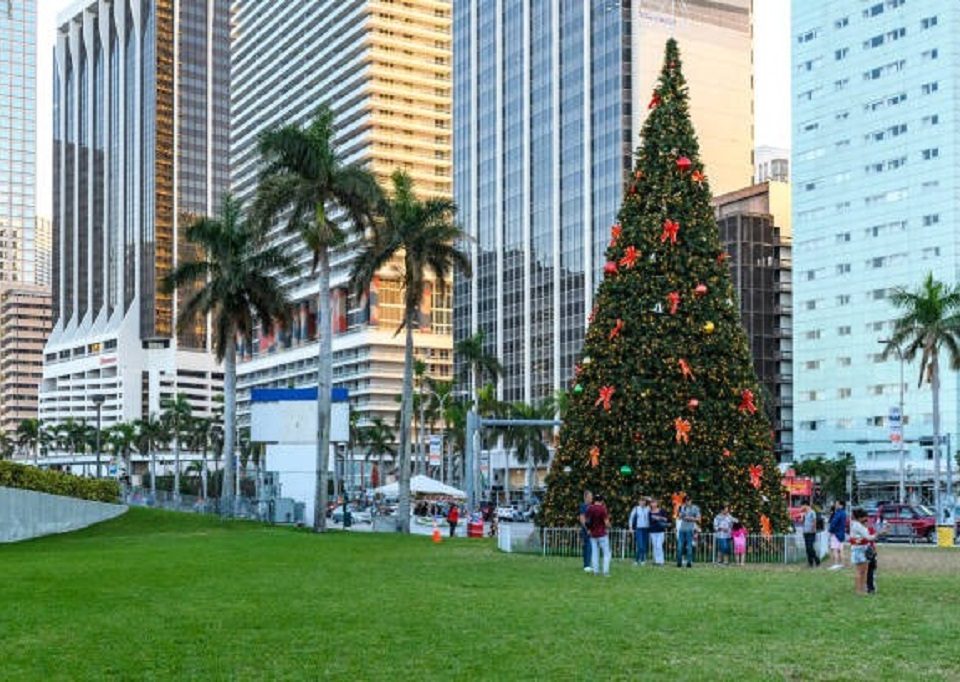What is Rust?
Warning: Trying to access array offset on value of type bool in /home/speakyma/public_html/checkyourhud.com/wp-content/themes/betheme/functions/theme-functions.php on line 1536
Warning: Trying to access array offset on value of type bool in /home/speakyma/public_html/checkyourhud.com/wp-content/themes/betheme/functions/theme-functions.php on line 1537
Warning: Trying to access array offset on value of type bool in /home/speakyma/public_html/checkyourhud.com/wp-content/themes/betheme/functions/theme-functions.php on line 1538

How to avoid email scammers
October 5, 2021
How to Clean Precision Components With Ultrasonic Pressure
October 5, 2021Warning: Trying to access array offset on value of type bool in /home/speakyma/public_html/checkyourhud.com/wp-content/themes/betheme/functions/theme-functions.php on line 1536
Warning: Trying to access array offset on value of type bool in /home/speakyma/public_html/checkyourhud.com/wp-content/themes/betheme/functions/theme-functions.php on line 1537
Warning: Trying to access array offset on value of type bool in /home/speakyma/public_html/checkyourhud.com/wp-content/themes/betheme/functions/theme-functions.php on line 1538
Rust is an iron oxide, commonly red brown in colour and is generally caused by the oxidation of iron in water or in the air. Rust is formed by the oxidation of Fe2+ ions in an organic material. The most common form of rust is ferric rust, which is found in ships, trains, iron ore, railroad tracks, iron fences, and other industrial products, but the word ‘rust’ actually comes from the Latin ‘rustus’ meaning ‘of iron’.

Iron is one of the most abundant metals in the Earth’s crust. Iron is a noble metal, meaning that it has many positive charges, and therefore is very reactive with oxygen. As a result, iron will oxidize to form rust. The actual chemical reaction causing the oxidation can be a series of chemical reactions: First, an excess of oxygen causes a proton exchange; then an excess of carbon dioxide causes a hydrogen bonding reaction, and finally a release of free radicals and energy causes the oxidation to take place. To ensure your equipment and machinery don’t suffer from rust, choose the best quality components available from the Industrial Valves range.

There are also subtypes of rusting: electrochemical rusting involves the oxidation of iron particles by an electric current, non-laboratory rusting involves the consumption of chemical substances to achieve oxidation, and cold oxidation, which results in rust formation under low temperatures, is self-induced. Chemical treatments to destroy rust are also available, including those for lead, aluminium, copper, and other alloys; ultraviolet light destroys rusting in iron, aluminum, tin, zinc, and tin-based alloys; and radio waves and gamma rays have been employed in recent years to destroy stubborn iron rust at the surface.
Warning: Trying to access array offset on value of type null in /home/speakyma/public_html/checkyourhud.com/wp-content/themes/betheme/includes/content-single.php on line 286



